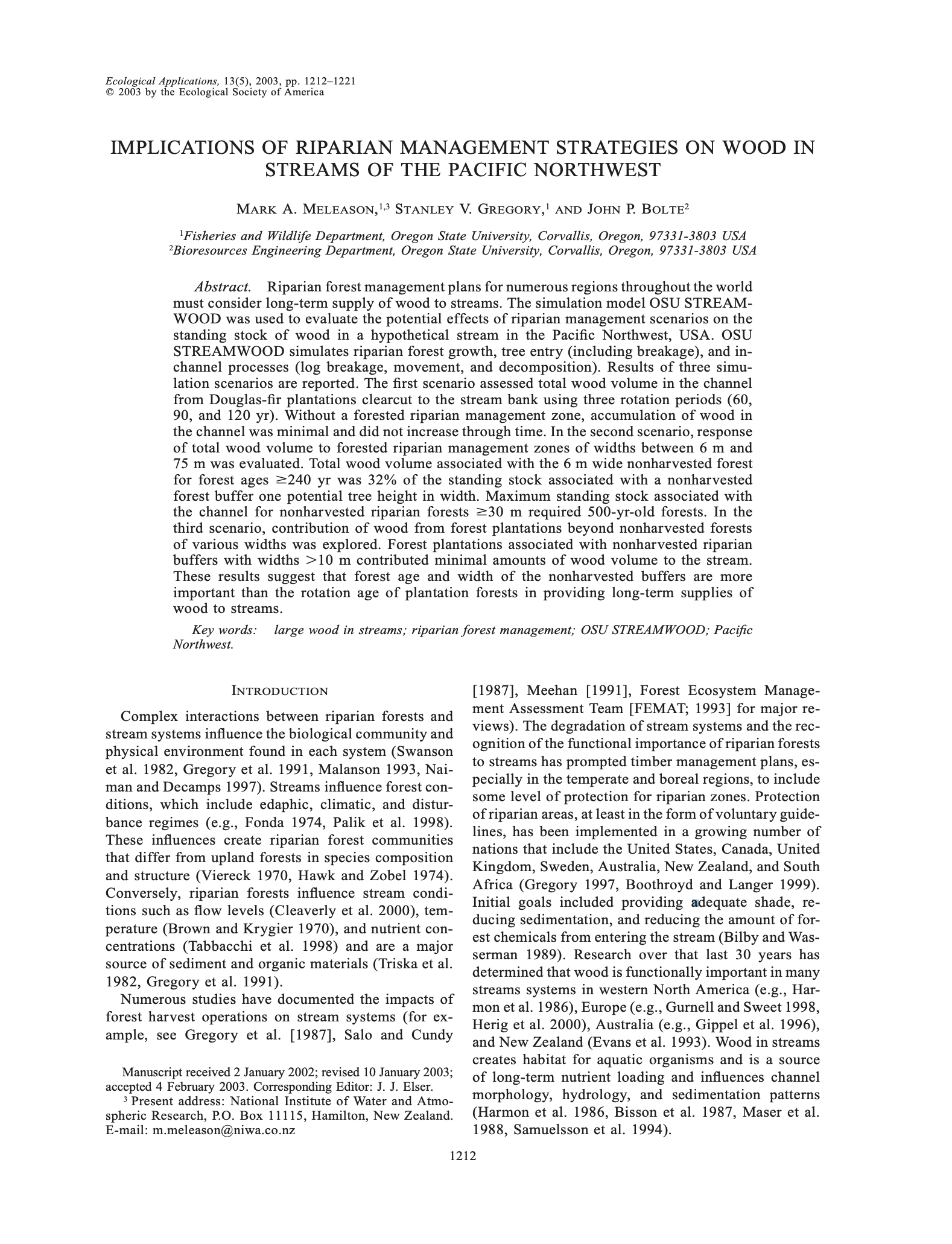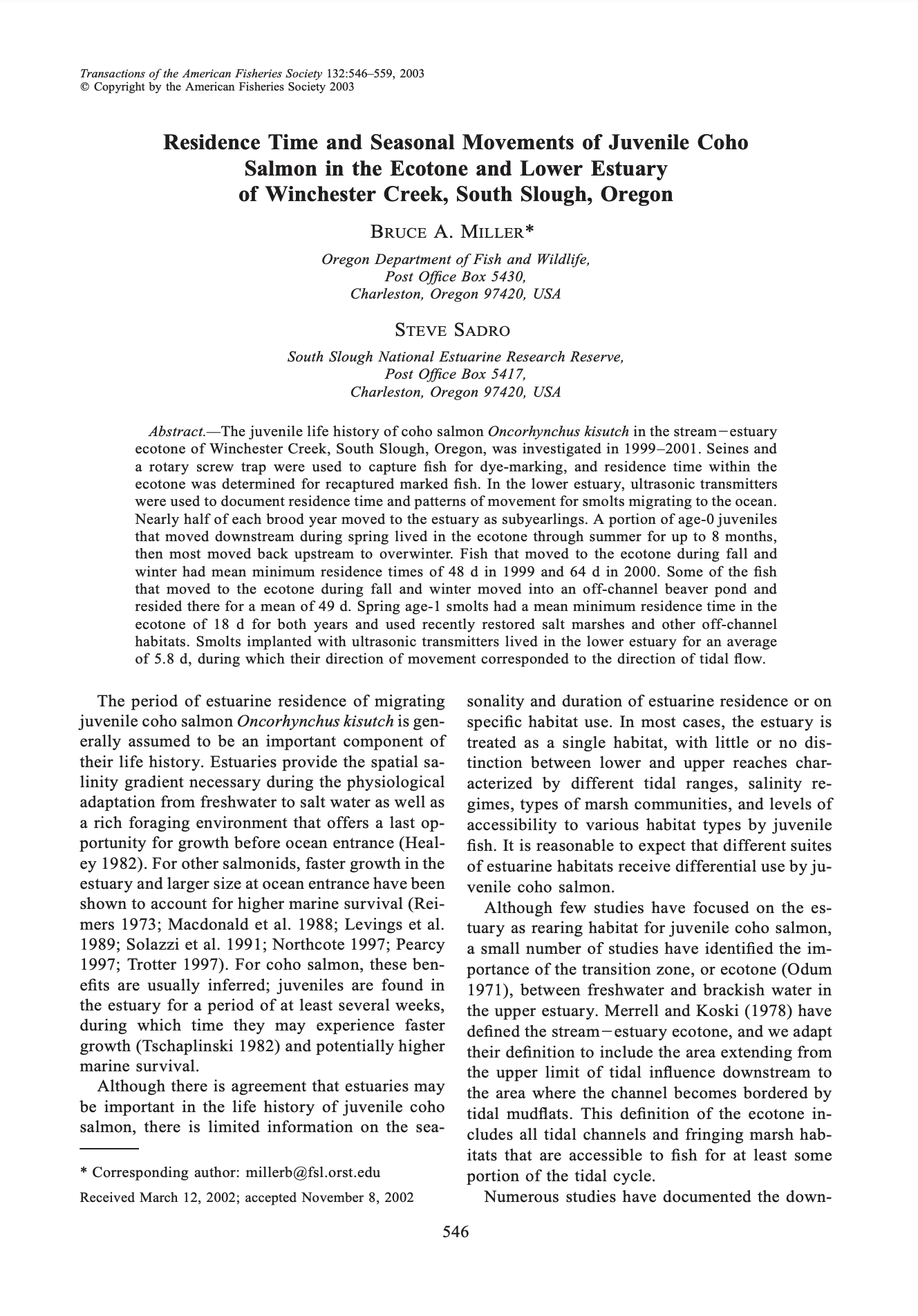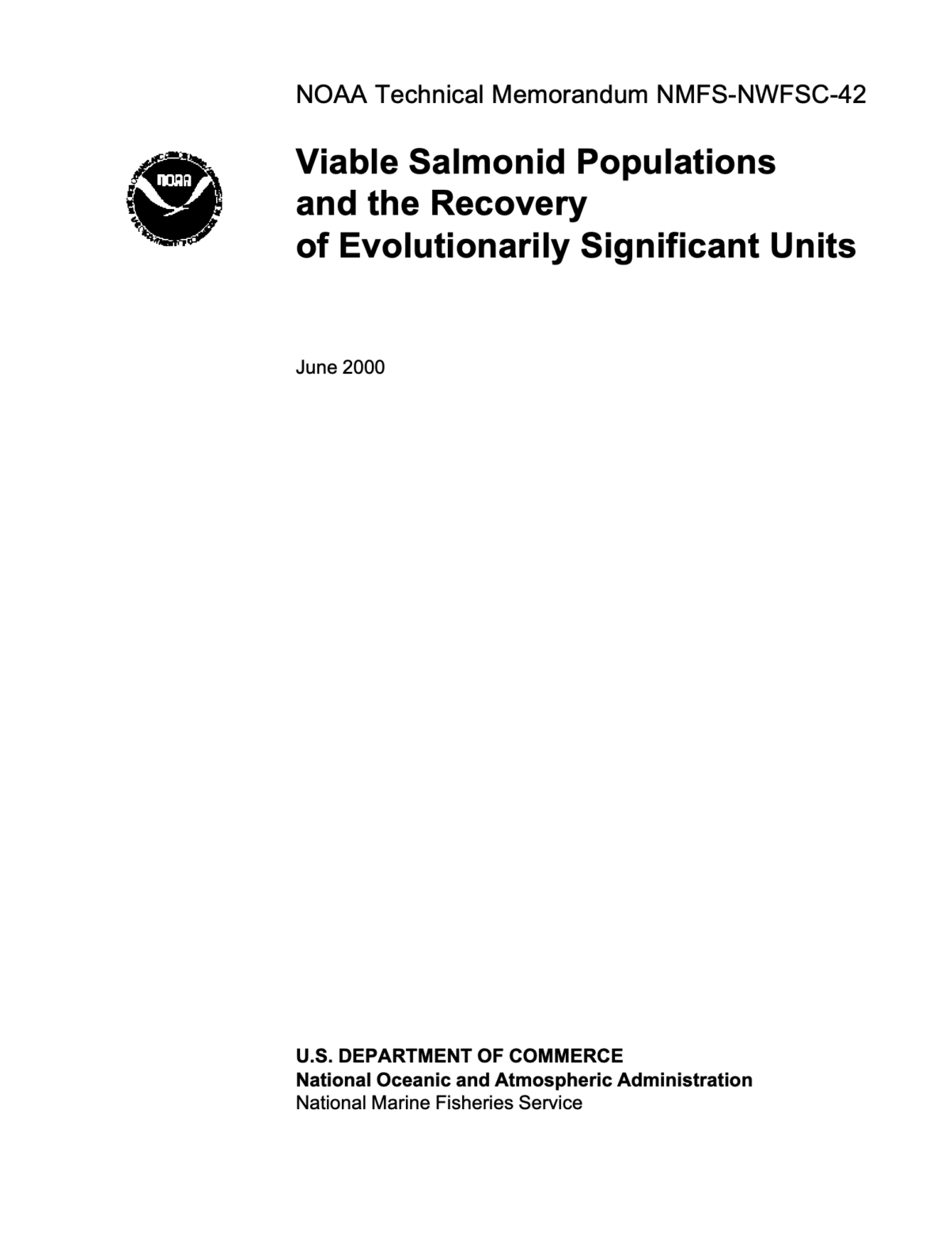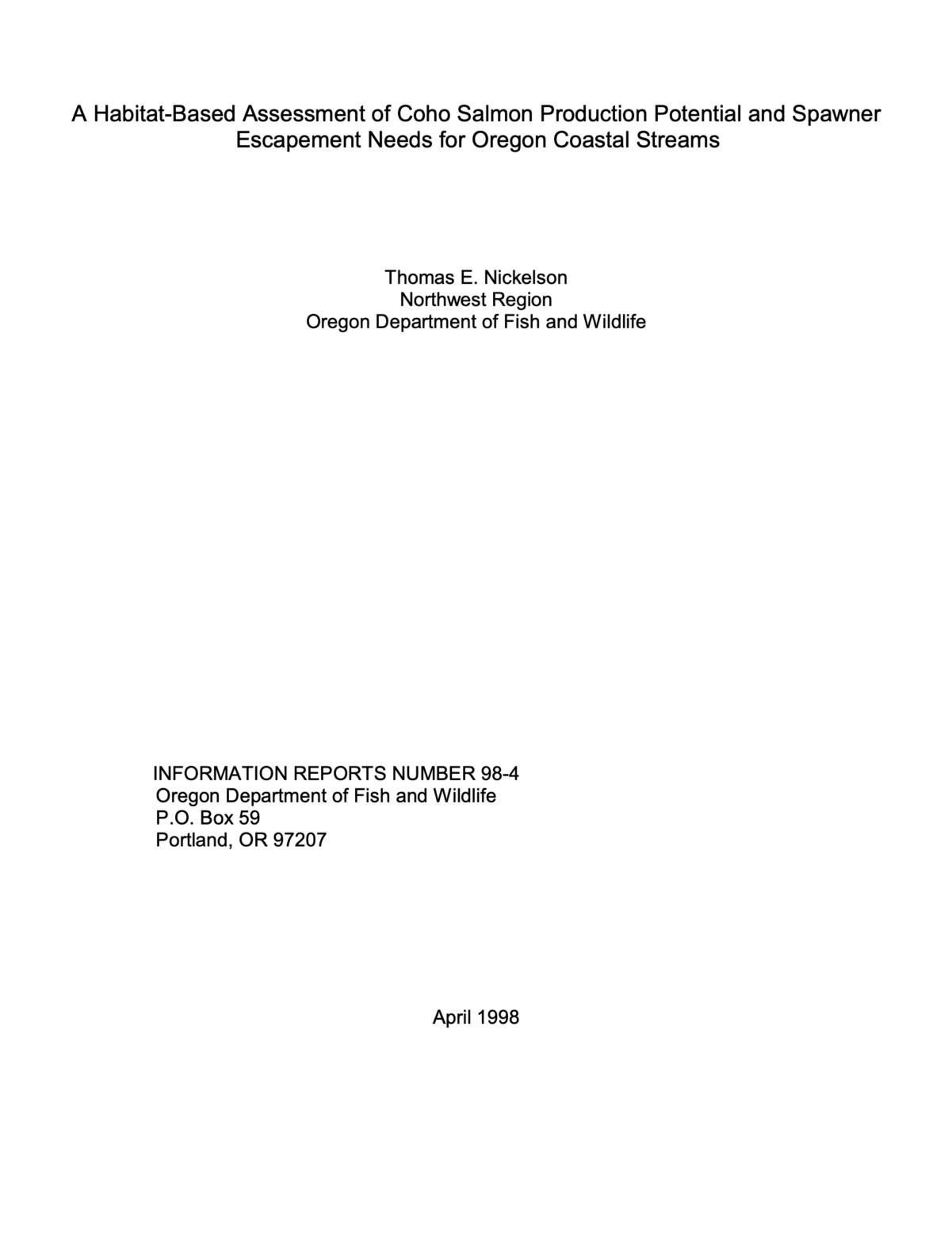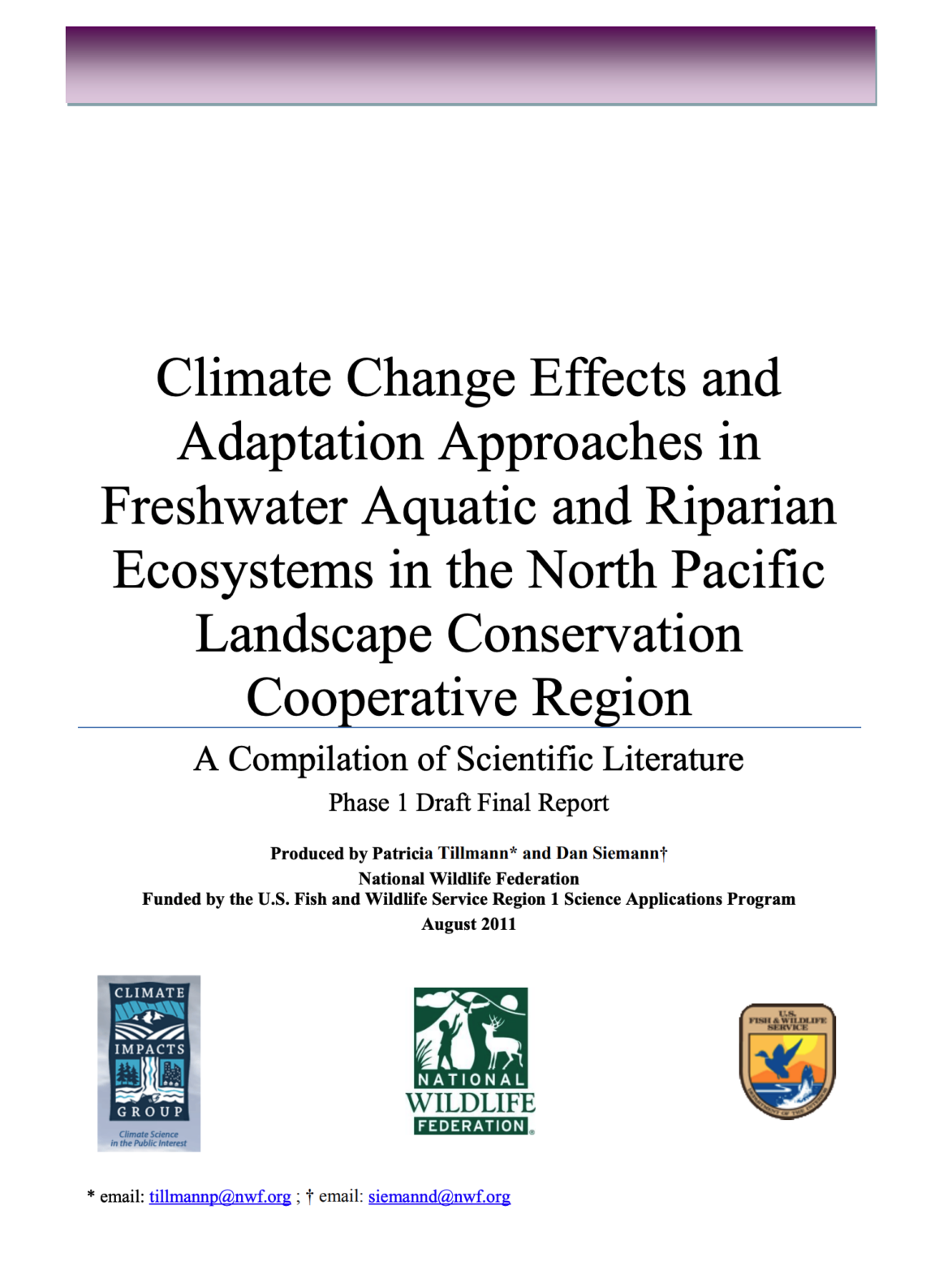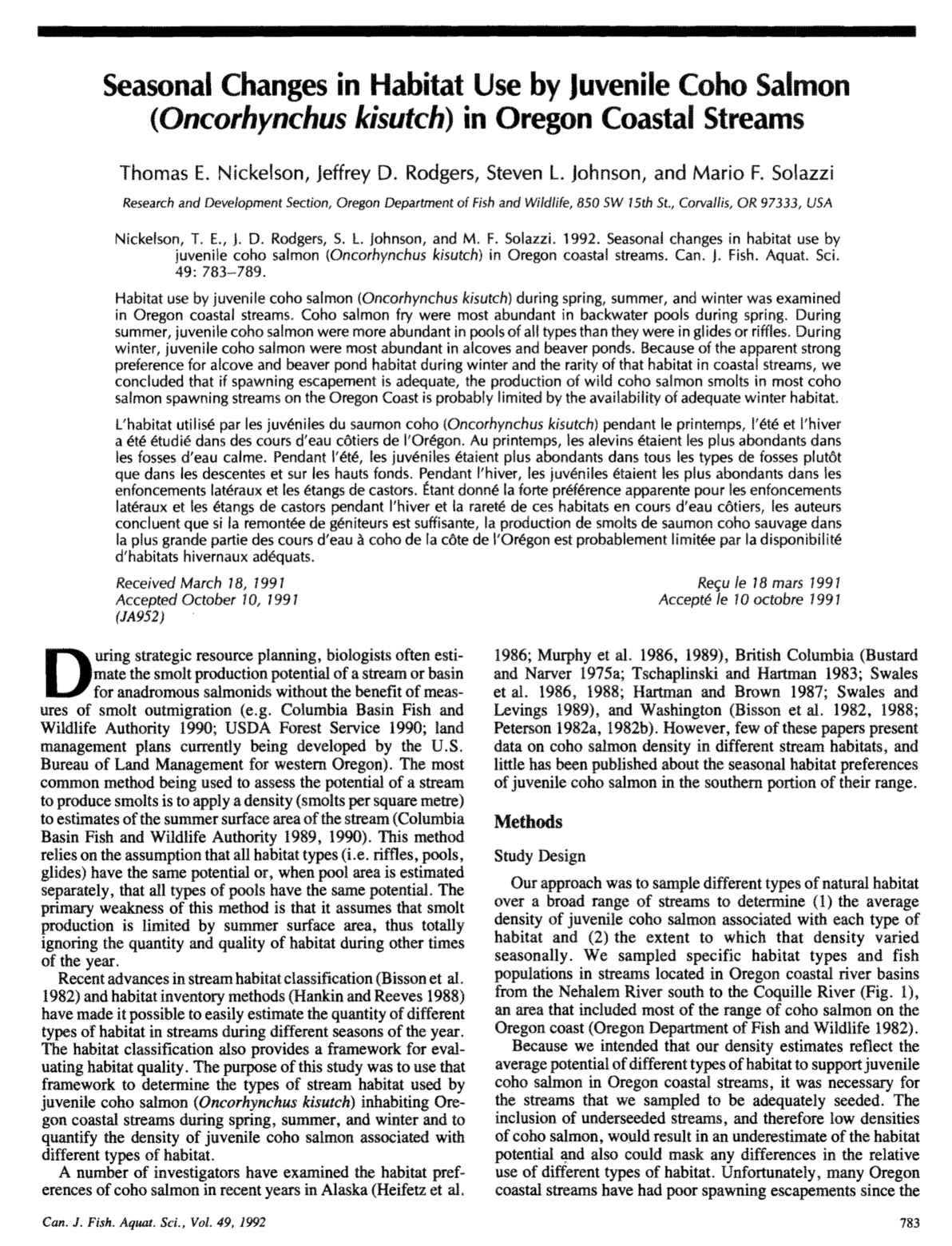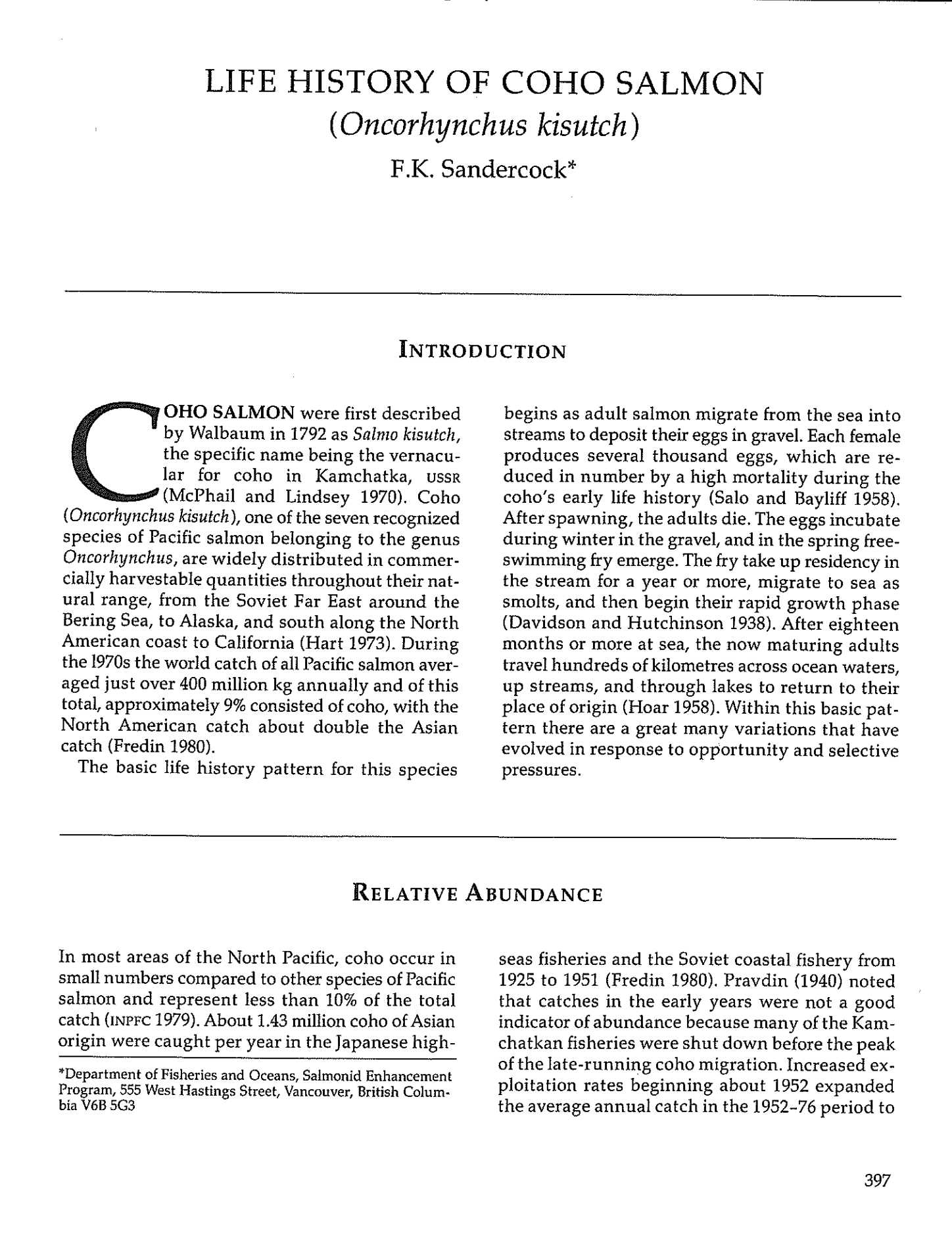Implications of Riparian Management Strategies on Wood Streams of the Pacific Northwest (Meleason et al, 2003)
admin2022-06-28T13:42:05+00:00Riparian forest management plans for numerous regions throughout the world must consider long-term supply of wood to streams. The simulation model OSU STREAMWOOD was used to evaluate the potential effects of riparian management scenarios on the standing stock of wood in a hypothetical stream in the Pacific Northwest, USA. OSU STREAMWOOD simulates riparian forest growth, tree entry (including breakage), and inchannel processes (log breakage, movement, and decomposition). Results of three simulation scenarios are reported. The first scenario assessed total wood volume in the channel from Douglas-fir plantations clearcut to the stream bank using three rotation periods (60, 90, and [...]

